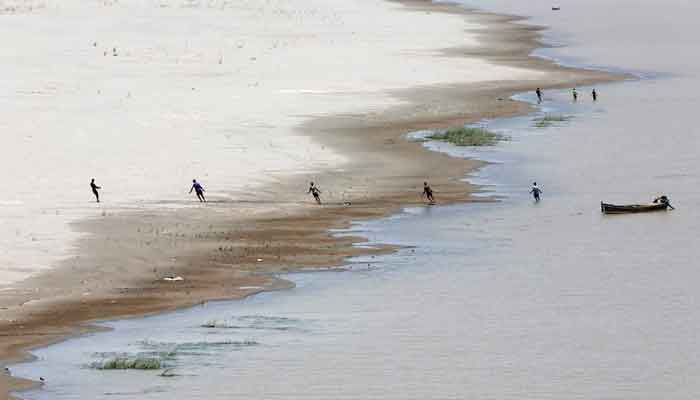The Indus Waters Treaty is an international agreement signed between Pakistan and India in 1960, with the World Bank acting as mediator.
Its purpose was to regulate the distribution of river waters between the two countries to prevent disputes over water usage.
Details of the Treaty
-
Division of Rivers
Under the treaty, six major rivers were categorized into two distinct groups:
-
Eastern Rivers: Sutlej, Beas, Ravi
India received full control over these rivers.
-
Western Rivers: Indus, Jhelum, Chenab
The treaty allocated the water resources of these rivers to Pakistan but allowed India to undertake specific projects like hydropower development while excluding irrigation.
-
-
Monitoring and Exchange of Information
Both countries are obligated to exchange information annually regarding water flow, projects, and usage.
The treaty established a permanent Indus Waters Commission.
Why Did India Suspend the Treaty?
Between 2023–24, India expressed its displeasure when Pakistan referred their hydropower projects, such as the Kishanganga and Ratle dams, to the Court of Arbitration due to objections.
India argued that Pakistan should have pursued technical consultations before resorting to arbitration.
India announced its intention to review the treaty while sending a diplomatic notice to Pakistan for negotiations to terminate or amend the agreement.
The suspension discussion served as both a political signal and a means to exert diplomatic pressure. The treaty remains active because India has not withdrawn but now threatens to halt its execution.
Has the Original Status Automatically Been Restored?
Not entirely, but partially.
As the guarantor of the treaty, the World Bank has yet to officially recognize India’s suspension of the agreement.
Pakistan sought the intervention of both the United Nations and the World Bank for assistance.
The Court of Arbitration delivered a decision in 2024 that upheld Pakistan’s position by declaring India’s projects to be in breach of the Indus Waters Treaty.
The Indus Waters Commissions of both nations reconvened meetings after the ruling, indicating a renewal of the treaty’s foundational principles.
Key Points
- The Indus Waters Treaty remains legally intact.
- India’s attempts at pressure and revision were diplomatic maneuvers that were not acknowledged by the international community.
- The presence of the Court of Arbitration and the World Bank provides protection to the treaty.
- Pakistan must remain fully prepared on diplomatic, legal, and scientific fronts regarding the water issue.



